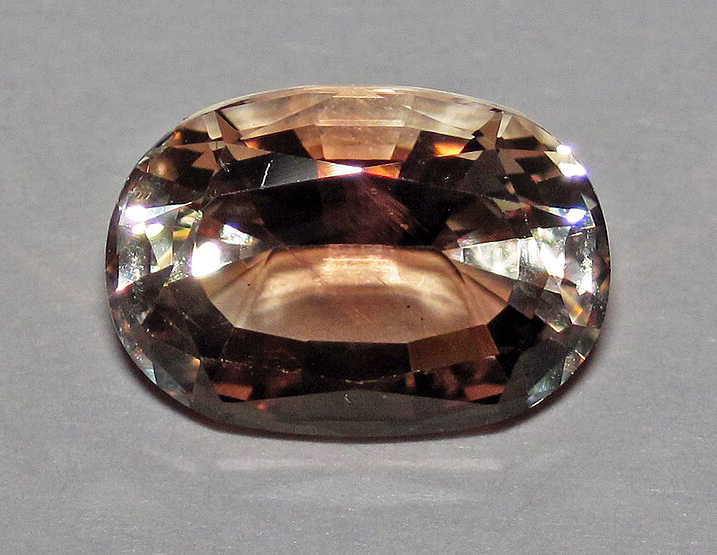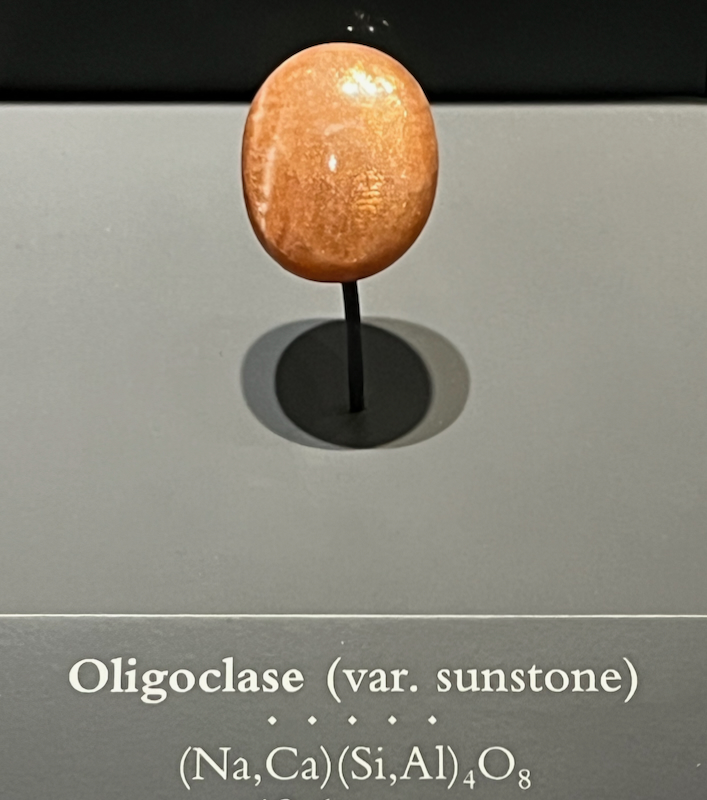Sunstone
If there’s going to be a moonstone, it only makes sense that we have a sunstone. If you read about moonstone, you’ll see that both it and sunstone are types of feldspar, the most common mineral on Earth. Two things make sunstone special, and different from normal feldspar: 1) it’s clear, 2) it has inclusions of another mineral—that is, like rutilated quartz contains rutile crystals, sunstone contains crystals of hematite or copper. The clarity of sunstone makes it an attractive gemstone, but the mineral inclusions make it more special by making it either internally sparkly or iridescent, kind of like labradorite or opal. In this case, this particular kind of iridescence is called aventurescence, as in the mineral aventurine. The more common sunstone has hematite inclusions, while the currently popular “Oregon sunstone” is the kind that has copper inclusions. Most sunstone tends to be orange, copper-colored, brown, or red, but it can also be yellow, green, or even blue.
| Formula | Group or Type | Shape | Hardness | Specific Gravity | Streak | Luster |
|---|---|---|---|---|---|---|
| K(AlSi3O8) | Feldspar | Triclinic | 6–6.5 | 2.64–2.66 | White | Vitreous |

